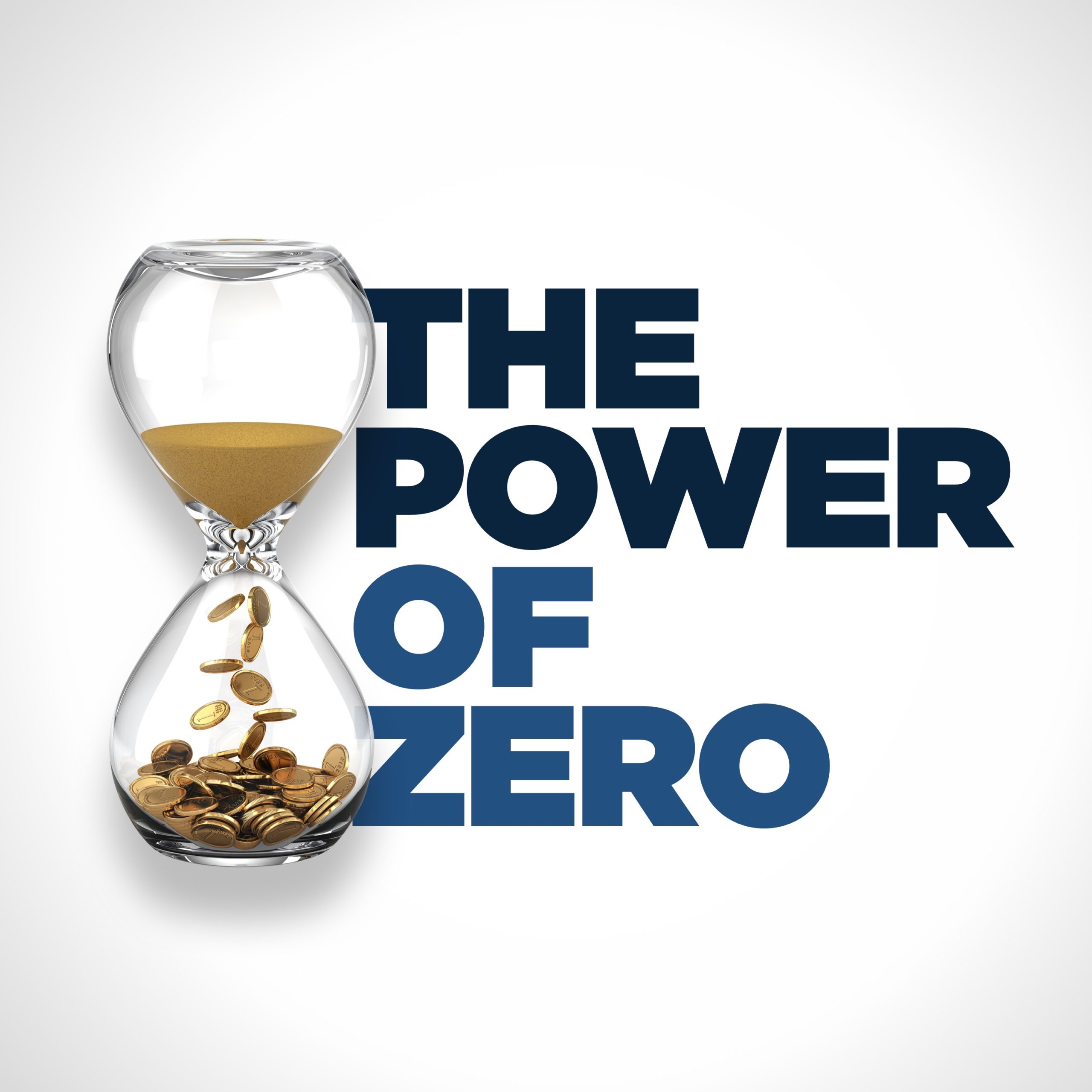Over the years David has noticed a number of advisors who have professed to be Power of Zero advisors, but there are a number of significant shortfalls in their approach.
A true Power of Zero advisor believes that tax rates are going to be higher in the future than they are today and knows how to defend that position. They understand the national debt and the true amount of the unfunded liabilities as well as the implications of those things.
In a rising tax rate environment, there is an optimal amount of money to have in your taxable and tax-deferred buckets. Regardless of the direction tax rates go in the future, your taxable bucket should contain about six months of living expenses. The real litmus test for the Power of Zero paradigm is in how much should be in the tax-deferred bucket. For most people that number is around $350,000.
You can have too much money in your tax-deferred bucket, and when you do it unleashes a cascade of unintended consequences that could potentially lead to social security taxation.
A true Power of Zero advisor believes in the idea of multiple streams of income. If your advisor says all you really need to get to the zero percent tax bracket is a Life Insurance Retirement Plan or something similar, that’s a tipoff that they haven’t really embraced the paradigm.
It’s nearly impossible to get to the zero percent tax bracket by relying on just one stream of tax-free income. Each type of tax-free stream of income has a strength and is able to accomplish things that the other types can’t. They should be used in conjunction with one another to get to the zero percent tax bracket.
The holy grail of financial planning is when you can use your standard deduction to offset your required minimum distribution from your IRA.
The LIRP has its own set of advantages. It allows your money to grow safely and productively, has low fees as long as you keep the plan for your lifetime, and you get a death benefit that doubles as long term care insurance.
Social security helps mitigate against a number of risks, including longevity risk, sequence of returns risk, inflation and deflation risk, and the longer you live the greater your return on the program. An advisor should be able to talk about all the advantages and disadvantages of all these things.
A true Power of Zero advisor recognizes the importance of the date Jan 1, 2026, when tax rates revert to what they were in 2017. You’re going to have to pay taxes now or later, so why not pay them when they are at historically low rates? When the tax sale is over January 1st, 2026, it’s over for good. According to Tom McClintock, in eight years the US will be in the same boat as Venezuela.
A true Power of Zero advisor would never lock up a significant portion of your assets in the tax-deferred bucket in the form of an annuity that didn’t have Roth conversion features. Annuities have a lot of benefits in retirement but there are unintended consequences associated with having that income in your tax-deferred bucket and have it be stuck there forever.
If you’re giving up a portion of your Social Security or other guaranteed lifetime stream of income to taxation, you’re going to have to spend down all your other assets that much faster. A true Power of Zero advisors wants to create those streams of tax-free income but they want to do it in the tax-free bucket.
Once you start taking a stream of income from your tax-deferred bucket, your ability to get it out of the tax-deferred bucket is gone.
Absent any one of these worldviews, you have a hole in your Power of Zero retirement game.









